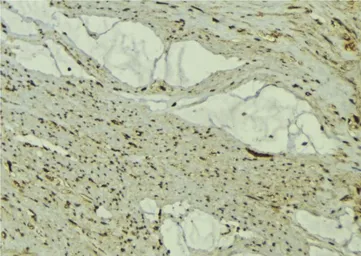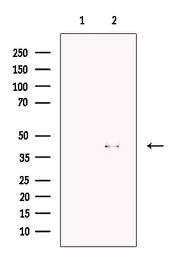FBXO32 antibody
Cat. No. GTX00810
Cat. No. GTX00810
-
HostRabbit
-
ClonalityPolyclonal
-
IsotypeIgG
-
ApplicationsWB IHC-P
-
ReactivityMouse, Rat

